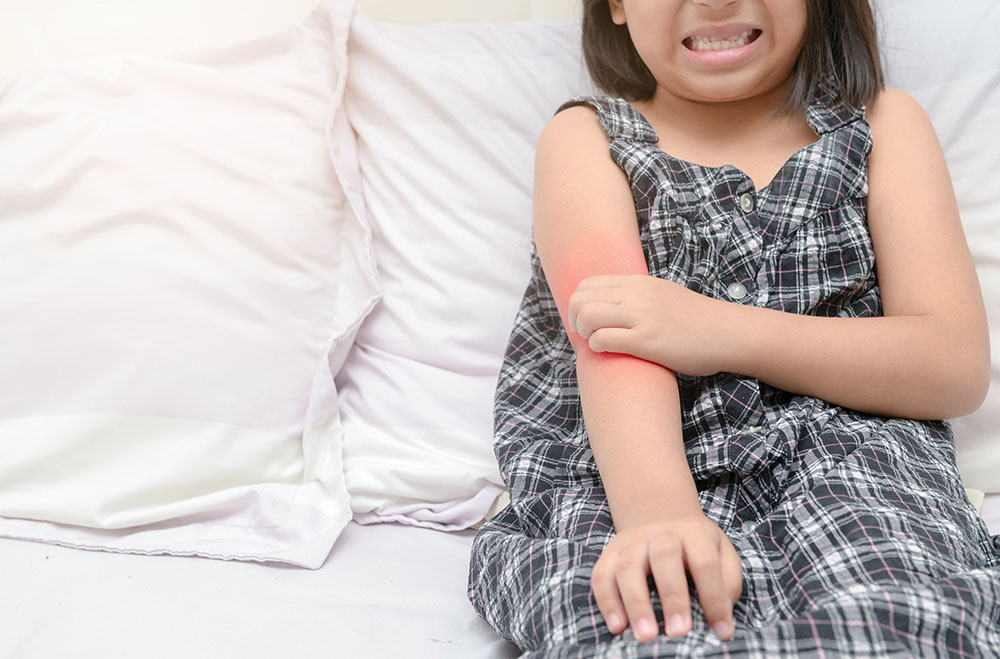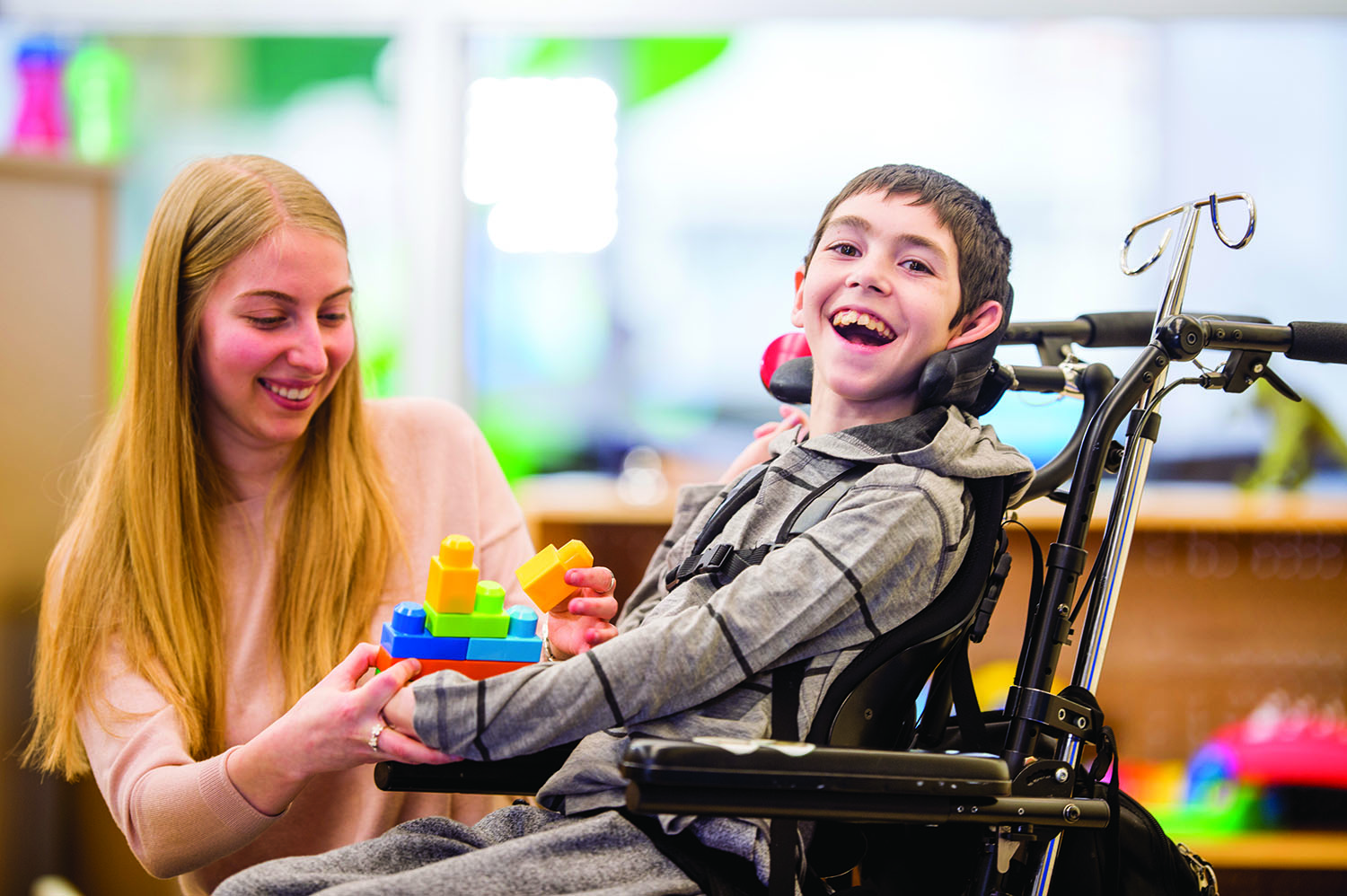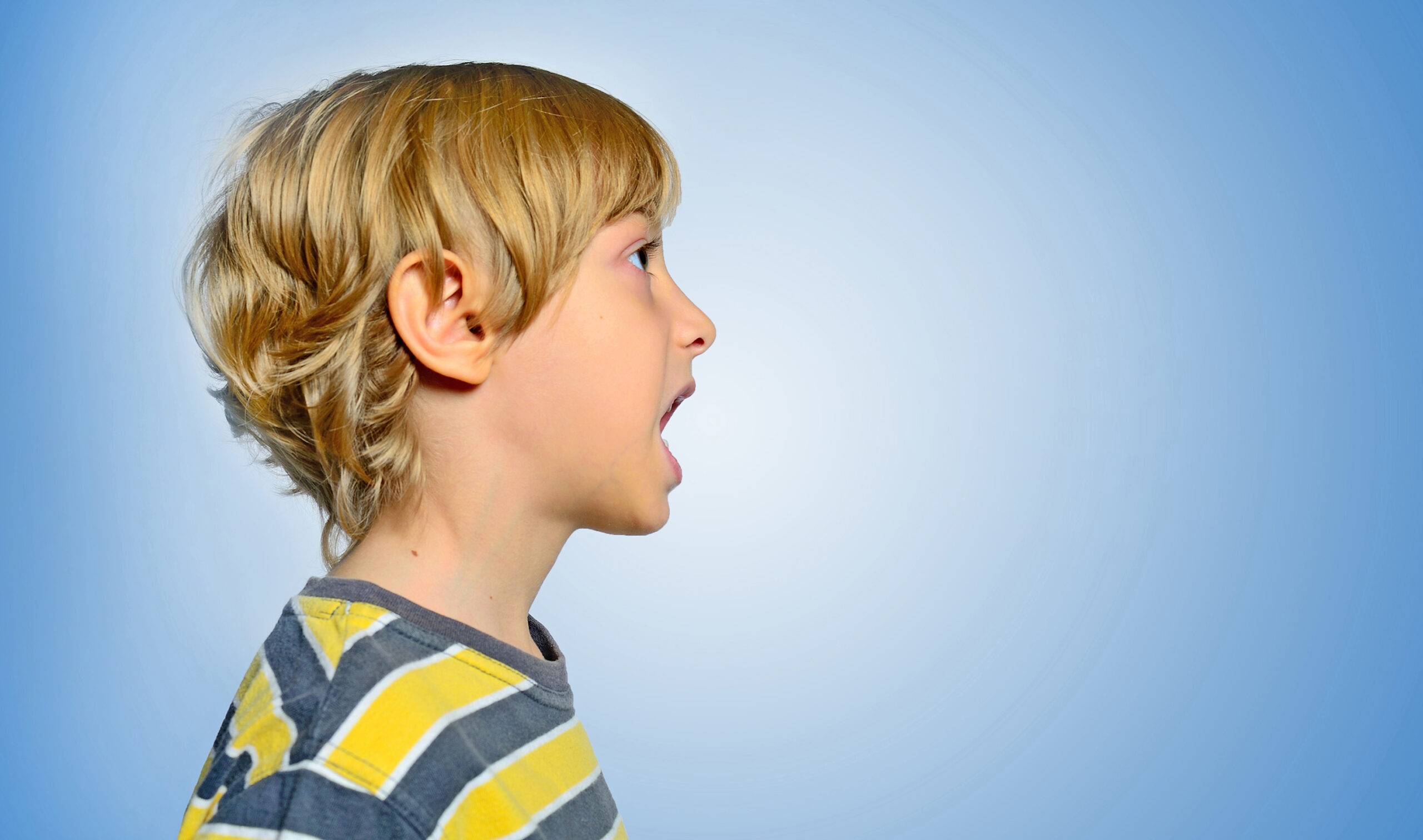Researchers, both locally and nationally, are making strides in the prevention and treatment of cerebral palsy, and in improving the quality of life for those with the disease.
CP is an injury to the brain’s cerebrum, resulting in a disabling movement disorder. It occurs before birth and causes motor skill loss, weakness and spasticity (tight muscles). It affects the central nervous system. Kids with CP have reflex problems because brain signals to muscles are damaged.
There is no cure for CP, but the symptoms can be treated. Treatments include physical therapy, occupational therapy, speech therapy and medications to control seizures and relax muscle spasms.
Scientists are looking into how to prevent CP by preventing the brain injury from occurring. They also are seeking more effective treatments and are scaling research down to study cells in order to better understand the disability.
Robert E. Akins, PhD, senior research scientist and head of tissue engineering and regenerative medicine research at Nemours Biomedical Research/Alfred I. duPont Hospital for Children in Wilmington, DE, sees promise in research examining where “nerve and muscle cells combine to control function and movement.”
Most CP research, however, is associated with the brain. Dr. Akins says studies are balanced between prevention and treatment.
Prevention Research
The Cerebral Palsy International Research Foundation (CPIRF) and United Cerebral Palsy (UCP) have made the prevention of brain injury during pregnancy a main priority. UCP has identified actions that women can take that help prevent CP.
Blood incompatibility. Pregnant women are tested for Rh factor, a protein substance present in red blood cells. This test determines if the fetus’s blood type is incompatible with the mother’s. Immunizations and transfusions can prevent the consequences of blood incompatibility.
Prevention of prematurity. CP most often occurs in preterm babies, so if a premature birth can be prevented, so too, can CP. Reducing the exposure of pregnant women to viruses and infections, and avoiding unnecessary exposure to X-rays, drugs and medication, can help prevent prematurity.
Control of diabetes, anemia and other nutritional deficiencies can also prevent prematurity.
Moms stay healthy. If pregnant women monitor their health and diet and engage in adequate prenatal care, they can help prevent injury to their unborn child, thus preventing CP.
Treatment Research
“We’re learning new things about CP, which could lead to other therapies that are yet unknown,” says Dr. Akins. He asks:
- What do you do with a CP patient after diagnosis?
- How can we rehabilitate kids with CP?
Research focused on treatment includes benefits from electrical stimulation and
bicycling.
Freeman Miller, MD, a pediatric orthopedic surgeon, runs the Gait Analysis Lab at the Nemours Children’s Clinic in Wilmington, where he works with CP patients who have trouble walking. Treatment can include therapy and sometimes braces.
Dr. Miller also improves walking gait through surgery. A surgical option could be muscle lengthening to decrease spasticity.
CP treatment research also involves brain development. One promising area is how to wake up parts of the brain that are not functioning properly. “It’s exciting,” says Dr. Miller. “It might help us understand therapies better, or what time in a child’s life that a particular therapy is most useful.”
Clinical Research
Another research area, as described by Dr. Akins, is the clinical experience of children with CP.
Researchers are studying why kids with CP often don’t respond as others do to pharmacological agents. For example, in surgery, anesthetized patients should be asleep and motionless, but kids with CP often need higher dosages of anesthesia to reach this state.
These drugs are directed towards muscles, but CP is understood as a brain and nerve disease. Researchers hope studying this phenomenon leads to treatment insights. Other studies that could lead to new treatments involve the effects of drugs on muscles and cells.
Researchers at Michigan State University are developing a Com-mun-ication Function Classifica-tion System that could improve assessments of motor function and manual ability, leading to improvements in the daily lives of kids with CP.
Small-scale Research
Dr. Akins believes the most promising research is looking at cells, the smallest functional parts of the motor system. “Figuring out what went wrong with cells can help with treatment of that particular injury and of CP as a whole,” he says.
In this research, doctors are studying connections between the brain injury’s physical effects and its extent and location. For example, understanding why CP affects the legs more than the arms or the left rather than the right side of the body can lead to new prevention or management insights.
“The importance and advent of new cell and molecular interest, and the use of computers and advanced analytical tools can really help us to understand more about the nervous system and kids affected with CP,” says Dr. Akins.
Other Research Areas
Researchers are exploring connections between when the brain injury occurs — while the brain is developing or after it has matured — and how the resulting CP affects the child.
Kara Beitzer is a freelance writer.






